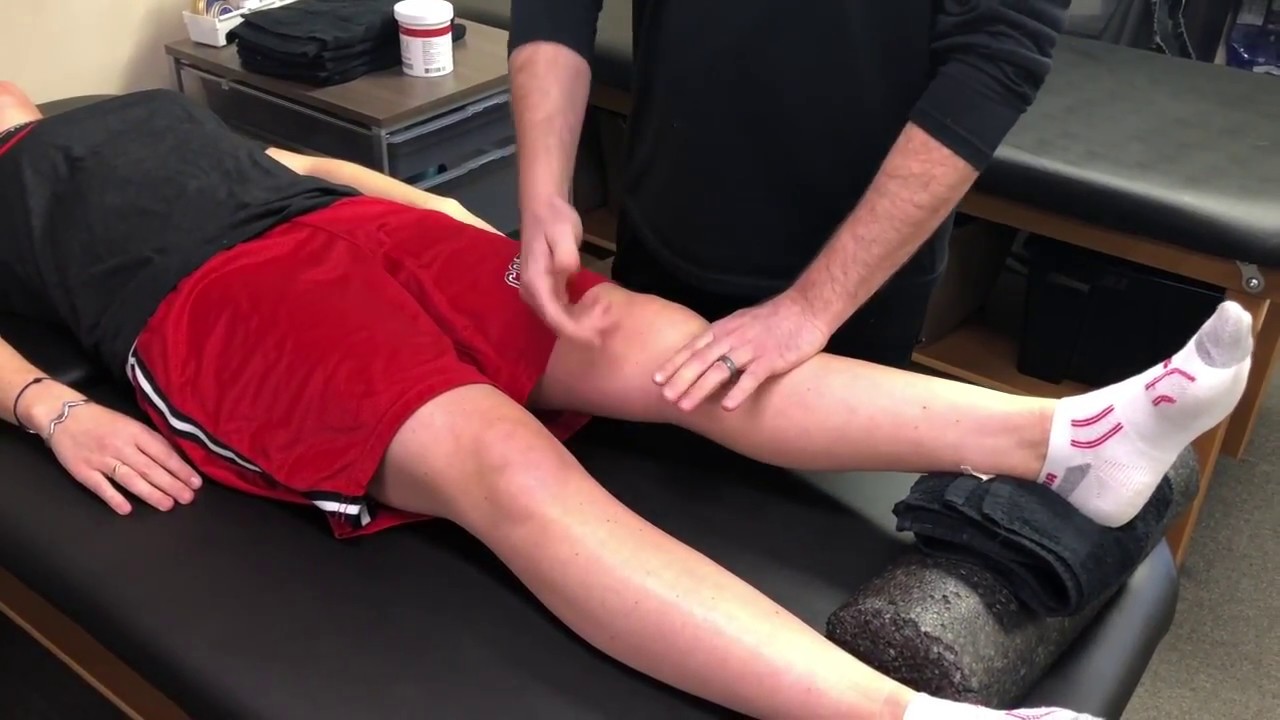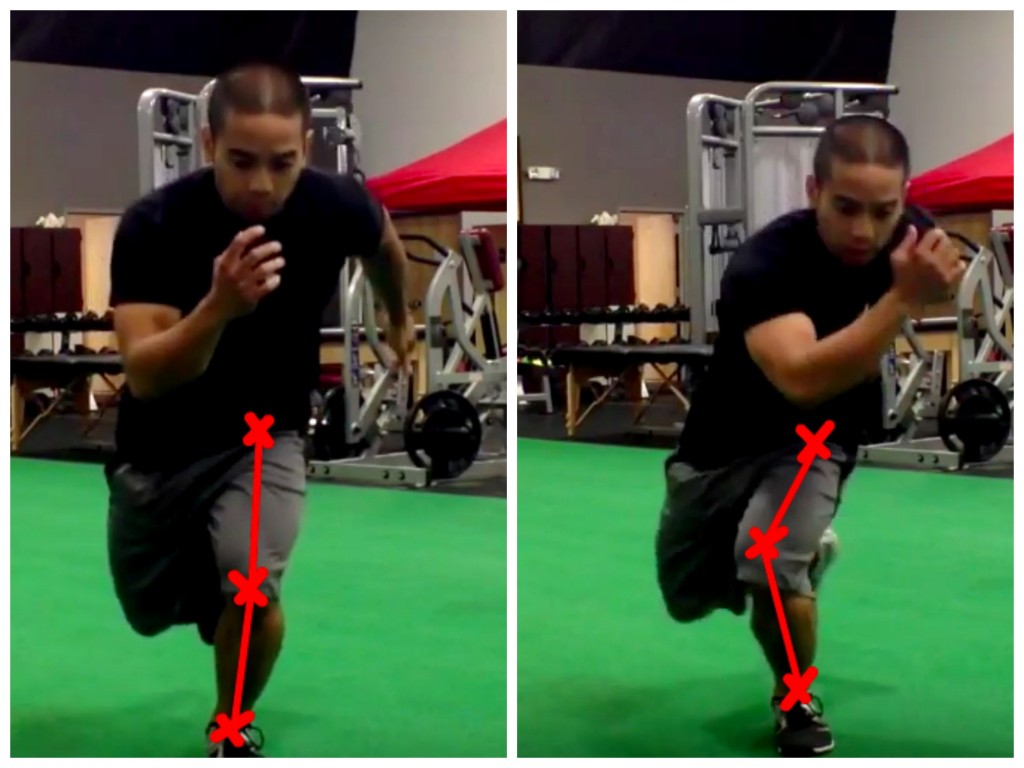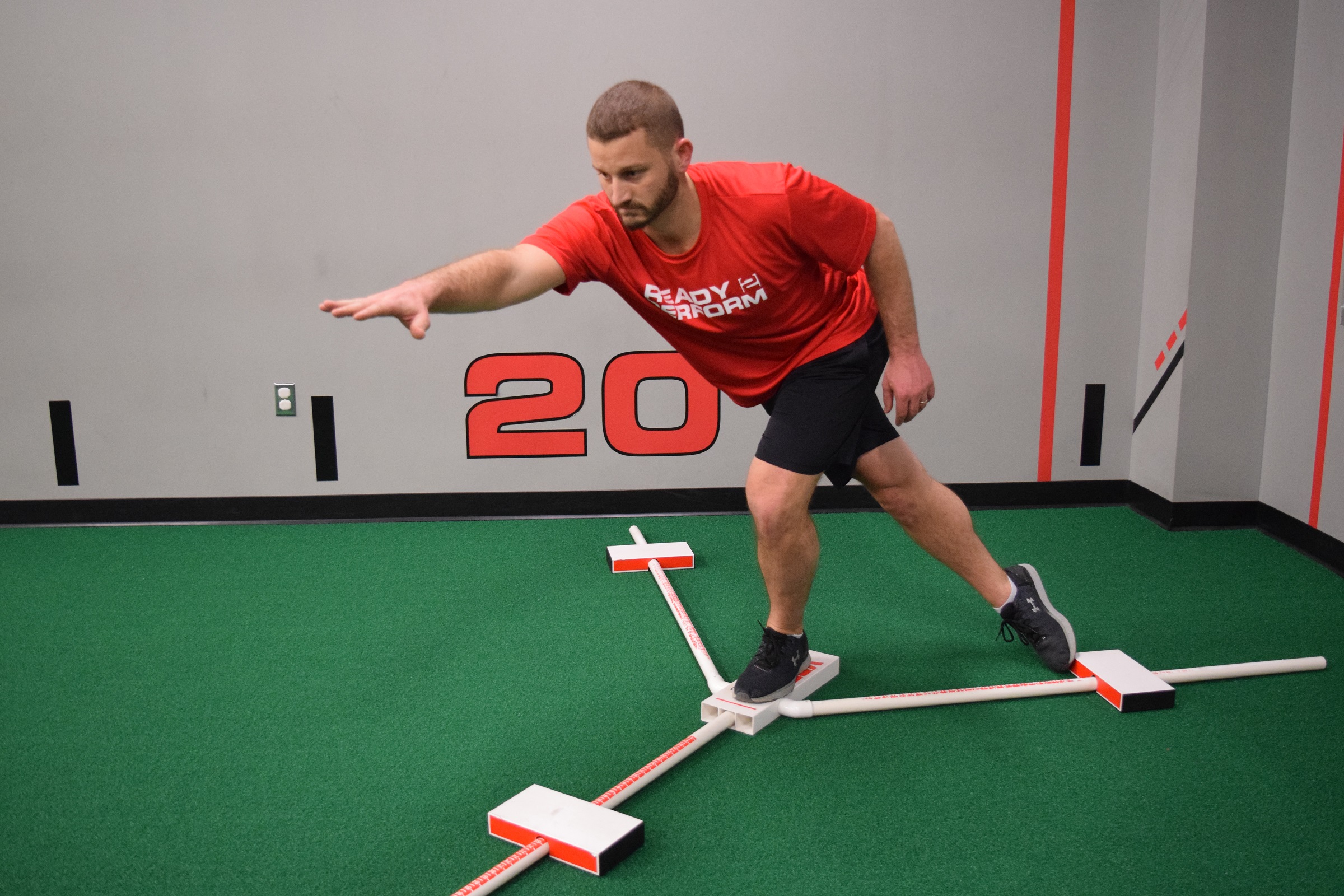Why is it so important to gain knee extension back early?
Early on in therapy we will emphasize improving your knee range of motion, especially knee straightening (extension). Gaining knee extension early will assist in normalizing your walking and other daily activities. Additionally, it becomes more difficult to achieve full extension the further out from surgery you get.
When will my ACL fully heal?
We often receive questions from our patients surrounding how long it takes for an ACL graft to heal. Patients receive a variety of grafts commonly including patellar tendon, quadriceps tendon, and hamstring tendon, among others. Healing of the graft requires a combination of the following factors: bone healing, return of blood supply, and the longer process of graft maturation to be more “ACL-like”. These processes occur simultaneously and are complete at varying times.
ACL reconstruction rehabilitation protocols often make recommendations on initiating activities that are time-based. These recommendations are often based on allowing time for the graft to heal enough to tolerate the forces associated with that activity. For example, running is often delayed until at least 12 weeks post-surgery when iit is generally accepted that enough healing has occurred for the graft to tolerate the impact associated with running.
Without a clear consensus, it is generally accepted that this healing process (termed ligamentization) may take up to 2+ years to be fully complete. This does not necessarily mean that returning to sport must be delayed until 2 years as it is generally accepted that enough healing has occurred by 9 months to tolerate sport. There is also a significant decrease in risk of re-tear with each month sport is delayed up to 9 months.
Importance of Return to Sport Testing
When it comes to the return to sport decision making process, there are many factors that need to be considered. At Rehab 2 Perform™ we utilize a battery of tests to determine the physical readiness of athletes as part of return to sport.
These tests assess aspects of strength, speed/agility, jumping, and general conditioning that compares your:
- surgical vs. non-surgical limb
- current performance to your own prior level of conditioning
- current performance to that of your uninjured peers
These physical measures do not tell the whole story but they do provide a lot of context to your rehabilitation in terms of how prepared you are to return to sport. They also provide valuable data that ensures you are trending positively toward a safe return to sport.
Passing these types of tests (sometimes referred to as a “Limb Symmetry Index”) does not guarantee that you will not reinjure your knee. Not passing these tests does not guarantee you will reinjure your knee. However, research has shown that:
- There is an increased rate of reinjury in those that do not pass return to sport test batteries.
- There is a positive correlation between regaining quadriceps muscle strength and favorable return to sport outcomes.
Ideally we will have the opportunity to perform return to sport testing multiple times before you are discharged. This ensures we have multiple data points over time so that we may track outcomes, demonstrate progress, and provide you and your family with the best possible opportunity to make an informed decision regarding your return to sport.
Return to Sport Progression
A “Return to Sport Progression” is a stepwise progression in sport activity that gradually layers variables such as intensity of activity, individual vs. team-based, and contact vs. non-contact drills. This progression allows an individual to acclimate to sporting activity gradually by manipulating these variables so that you feel comfortable moving from a highly controlled environment within the clinic to the more chaotic environment full-contact, gameplay.
Elements of this progression are layered in throughout your rehabilitation within the clinic. Upon passing the return to sport test battery, and with surgeon clearance, your therapist will work with you to create a plan that all parties are comfortable with and facilitates the safest return to sport possible.
An example progression may look like this:
- Individual, non-contact, sport specific offensive and defensive drills
- Limited contact, controlled environment, offensive sport specific drills
- Limited contact, controlled environment, defense sport specific drills
- Limited contact, controlled environment, scrimmage drills
- Full contact scrimmage
- Return to game play, limited minutes
- Full return to game play with unlimited minutes
Factors that dictate how long each of these phases will take include:
- Symptom level with/following sport
- Total volume of repetitions (highly individualized)
- Psychological comfort
- Recommended timelines by the medical team
- The nature of your sport (football vs. tennis)
Return to Sport Decision
When it comes to returning to sport following ACL reconstruction, we typically make these 3 recommendations:
- Pass the return to sport test battery (ideally at multiple time-points)
- Complete an individualized “Return to Sport Progression” prior to competitive gameplay
- If possible, delay return to sport until at least 9 months after surgery.
We understand and respect that when you return to sport is ultimately you and your family’s decision. Our goal is to provide you with the best possible information to make that informed decision on your own terms.
Regardless of when you decide to return to sport, we highly recommend you having a discussion with your therapist so that all parties are on the same page and we can make one concerted effort to help you succeed in reaching your goals.




